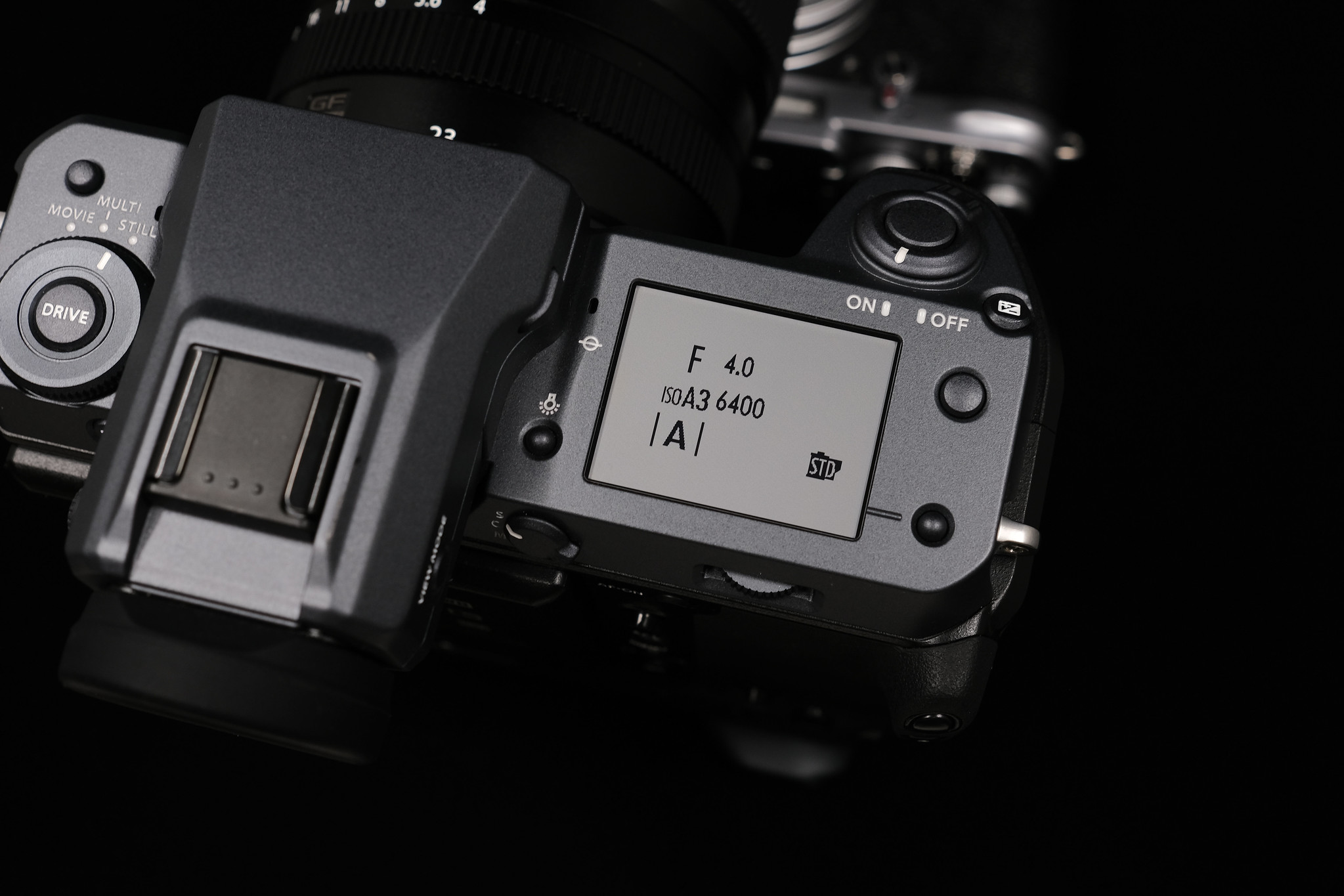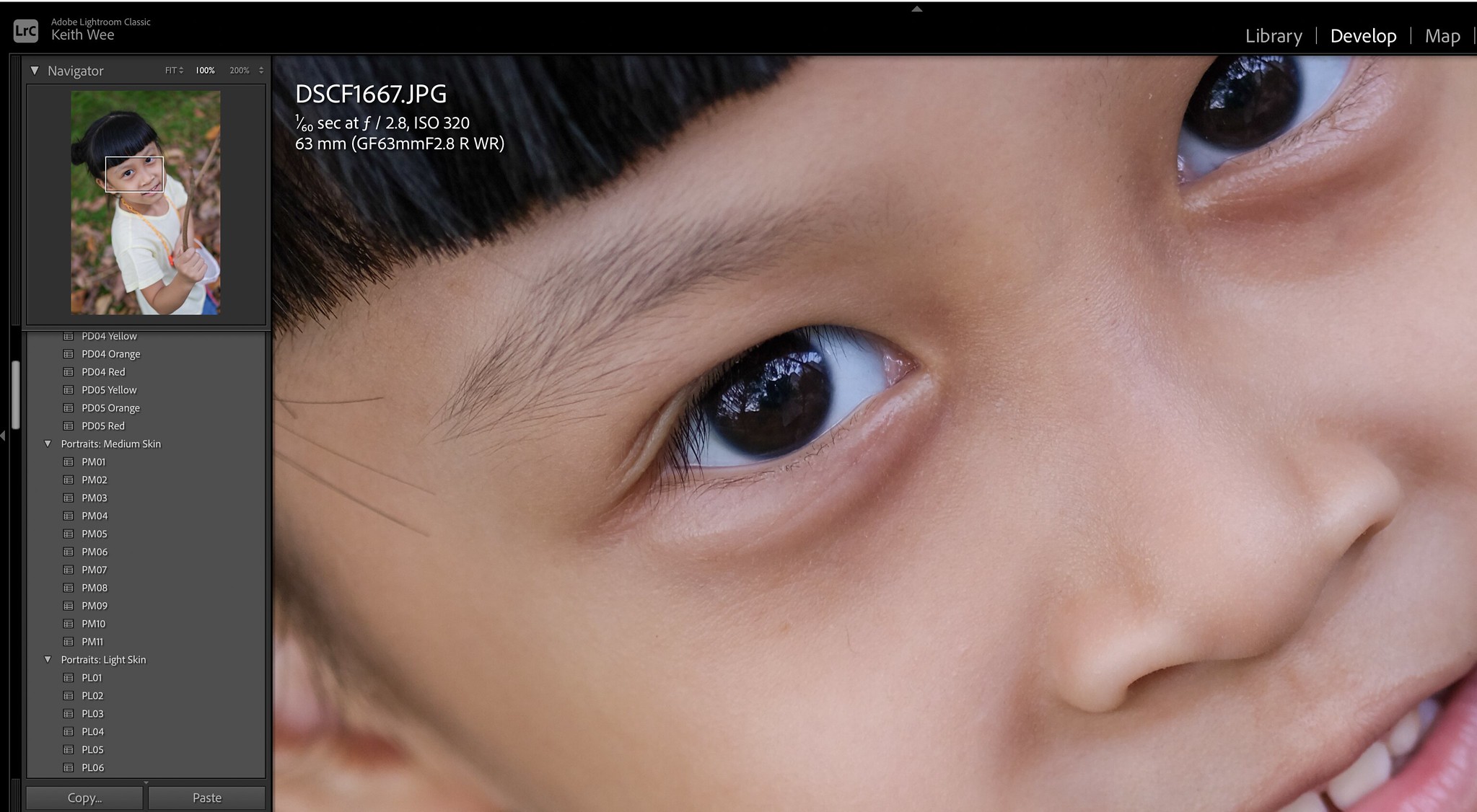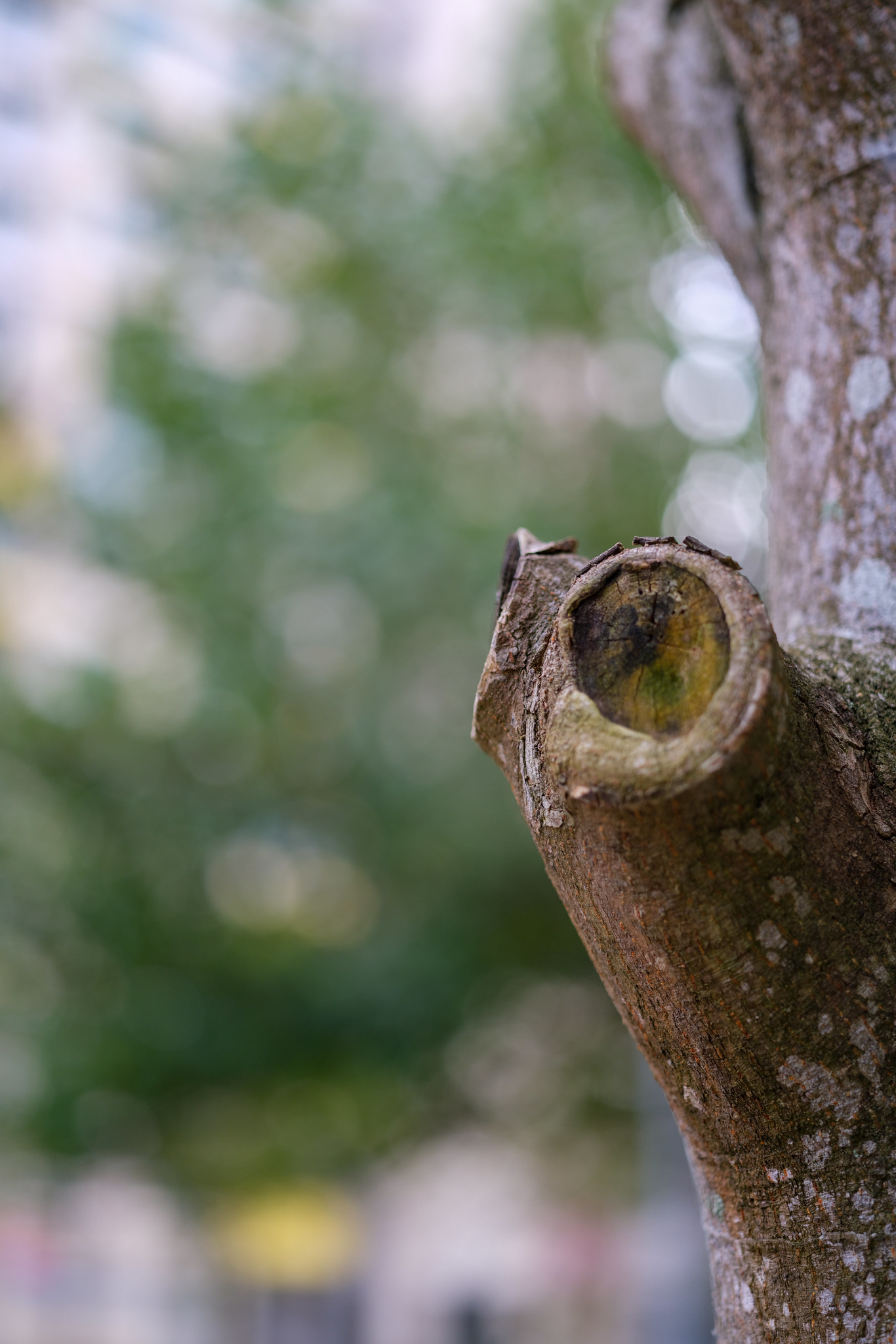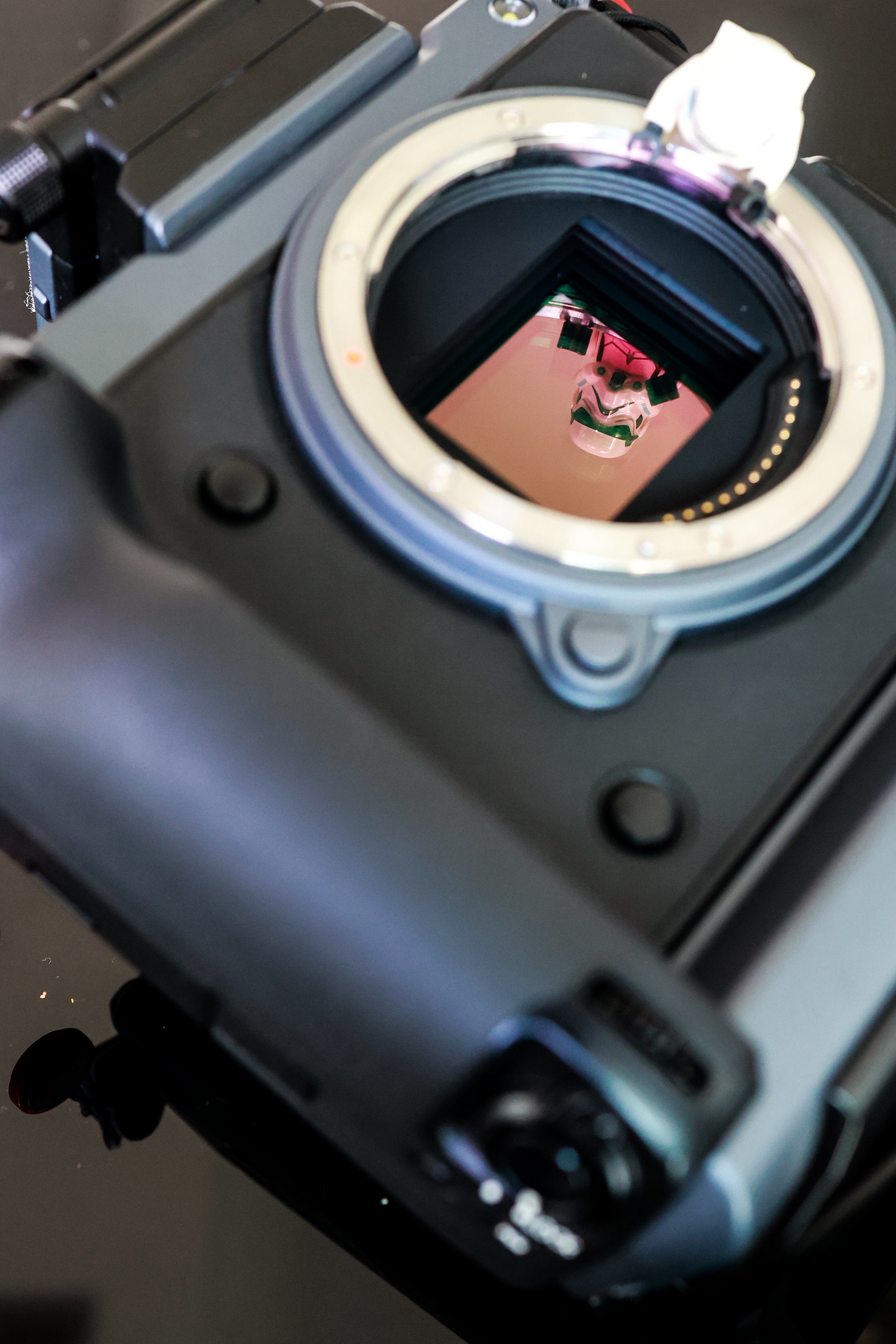Introduction
Today’s article is gonna be a two-in-one and this seeks to conclude a review done 2 years ago on the Fujifilm GFX100 and share my beliefs on how a proper equipment reviewer should be.

The 2019 Fujifilm GFX100 was Fujifilm’s 1st step into the 100 megapixels realm with an improved auto-focus system that easily surpassed the GFX50 series. My 2019 two parts review are here with all the technical information and you can find a good set of sample photos across the GF45mm, GF50mm, GF110mm, GF250mm that I have reviewed too.

As with all reviewers, we generally hope to spend a decent amount of time (say minimum 5 days?) with a product before we write about it, but due to how ‘hot’ the GFX100 was back then, it was a camera that I only spent 3 days with before the embargo was released. And with the first and third day being collection and return days, it was a literal 1 working day to read up, shoot, write and publish.
My personal beliefs on review-writing.
Skip this section if you are only keen on the Fujifilm GFX100.
Foremost, a reviewer has to be trustworthy. I started my journey with plenty of support from Fujifilm and the now defunct Olympus, and that is also why most of my reviews were on Fujifilm photography products but I have since moved into other brands, in fact all the other brands except Phase One, Hasselblad and Pentax because the first two aren’t interested in me and I am not really keen on the third.

I refuse to write a ‘review’ using only stock or company provided images, or worse, samples ‘borrowed’ from other sites. Personally I just feel it is irresponsible for one to make conclusions about a product when one hasn’t even touched it. It’s tough for me to understand self-proclaimed reviewers who can make Youtube videos when they haven’t even handled the item.
In fact, the minimum in my opinion is at least 1 proper shoot with the product with at least 10 samples to even proclaim a “hands-on” sharing label.

I am a one-man show like Jonas Rask (he’s mentioned here because he represents the epitome of what I aspire to be, a combination of excellent writing with exemplary photography vision) and obviously we do not pump out reviews on a daily basis like some bigger outfits such as DPReview. We aren’t the type to swim in advertising dollars and frankly are driven to write more for a passion than monetary reasons.
And I guess this is why conscience wise I wanted to do a closure review to the GFX100, now running on firmware version 4.00, with improved auto-focus and added functions such as pixel-shift multishot.
Revisiting the GFX100
Let us get to the elephant in the room, even though the epitome of Fujifilm’s photography family, the GFX100 is not designed for fast photography and in situations where one needs to be discreet. The body alone is 1.4 kg (3 pounds). The Fujifilm GFX100 is a specialised photography tool.

Disclaimers.
*I paid for the Fujifilm GFX100 and GF63mm f2.8 kit for the review.
*All samples and images shared here were shot by me and edited to my preferences in LR CC Classic, with the settings shared in small font.
Autofocus and Usage
The GFX100 and GF63mm f2.8 kit comes to around 2kg (4.4 pounds). It is not a camera one associates with being discreet or it’s autofocus fast enough to deal with wildlife action and in my opinion still very much for studio and controlled environments such as artwork reproduction, product/food and portrait photography.
A common marketing misconception about cameras nowadays is that they are all-rounders, the GFX is designed to be a very specialised photography tool catering to users who know what they need and are willing to work with it.

This said, it’s autofocus and overall performance still places the GFX100 at the very top in medium format cameras. The autofocus improvements over the two years have really added onto the focusing reliability, especially in its eye-detect, a function I use a lot.

In comparison, the Hasselblad X1D II, a close competitor lacks PDAF focusing, has no eye/face detect and no continuous focus modes with an autofocus system that is incredibly slow even in good light by modern standards.
Handling wise, it is still excellent in my opinion to have a built-in vertical grip which doubled up as space for dual batteries. The back and top right information panels are useful with the buttons on the back well positioned down to the joystick.
The only problem I ever faced was not knowing how to switch through PASM modes when I first handled it as the GFX100 lacks the ISO and Shutter speed physical dials one might have gotten used to on Fujifilm cameras but that is a simple learning curve.


The GFX100’s design probably drew inspiration from the top tier cameras with built-in vertical grips from Nikon and Canon (D6 & 1DX) in this aspect and it is a pragmatic decision. Fujifilm released the GFX100S to cater to users who saw compactness as a priority.
Image quality
This is where the ‘awe’ comes in, the GFX100 is unapologetically relentless in the details its files carry. A raw file (lossless compressed) is 200MB upwards while the JPEGs play easily in the 20 to 40MB range. As the viewer, I was seeing details at a level I never thought I would be bothered with before.



The potential depth of field one can work with with a sensor larger than full-frame (Fujifilm calls this Large format, my conscience calls it cropped medium-format) is also a huge strength of the GFX system, with the recently released GF80mm f1.7 pushing the envelope.


Future-proofing
The entire GFX series in my opinion is a key component of Fujifilm’s future in photography, simply because I do not see Fujifilm being able to procure their propriety X-Trans sensors forever and the GFX sensors are frankly a real world experiment in working the Fujifilm simulations with CMOS sensors and it has proven itself in the hands of professionals or enthusiasts alike. I do see some users mistaking the GFX sensor to be X-Trans and it is not.

Conclusions
If it is all about a camera that seeks a breakthrough in the 100 megapixel territory and designed to be more accessible, the GFX100 and its newer sibling, the GFX100S are unique and successfully carved their own niche.
Of course people will always draw comparisons with Hasselblad’s H6D-100C and Phase One’s XF camera systems plying in this territory and I will wish to be factual, they are indeed better in their own ways but they come in at a much more prohibitive cost compared to the Fujifilm GFX system. (the Phase One IQ4 camera comes in at USD52 000 vs USD5999 for the GFX100S)
In this sense, the GFX series presents to many users the chance to shoot digital medium format, because after-all, how many of us will be willing to fork out USD52 000 (lens not included) just to try? For me, I would not have ever been able to shoot digital medium format if not for Fujifilm.

The GFX100 is not a camera I expect the hobbyist to use on a daily basis, and to be found more in a studio shoot under controlled environments. I mean, ok, I did see a hired photographer use the GFX100 before for a baby shower but that was only that one time.
The GFX series in a lot of aspects presents a huge potential for Fujifilm to grow in a market already crowded with full-frame and APSC options, and I am pretty keen to see the GFX50 II making an appearance soon.
Thank you for reading





Hi Keith, I fully agree to the part on your beliefs on how reviews should be done. Keep up the good work!
LikeLiked by 1 person
Hi Steph, thank you for reading 🙂 especially when it is a pretty long article.
LikeLike
Love the review, but why didn’t you review the GFX100S?
LikeLike
Hi, thank you. Unfortunately I did not have access to the GFX100S and seeing that GFX100’s firmware ver 4 provided the same level of AF performance and also Nostalgia Neg I will presume both cameras will be performing at the same or very similar level. Let’s hope one day I get to test the GFX100S 😁
LikeLike